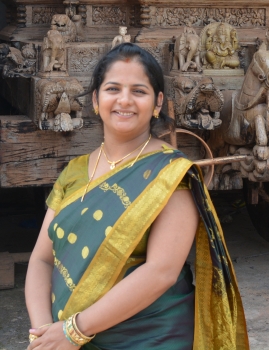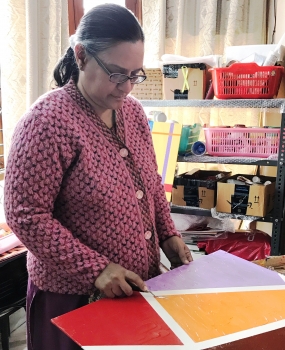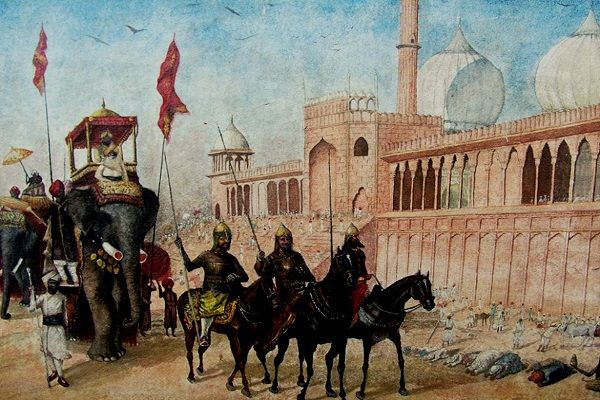
The need to study and delve into the ancient traditional Indian art of painting, sculptors and, architecture was felt about two centuries ago. In the later part of the eighteenth-century and almost the whole of the nineteenth century, it emerged as an unrelenting and vehement interest in this newfound subject. It piques people’s curiosity. Those handicrafts were a subject of admiration for them. Ancient and medieval artifacts were a rich source of India’s past which was under the colonization of the regal rule.
During the nineteenth century and till the starting of the twentieth century, the circumstances prevailing at that time and the above-mentioned objectives determined the method through which the archeological study was conducted in relation to the history of art. As one may surmise, there was a great amount of bias. The studies conducted in this era were tainted and influenced by the biased view. Despite this fact, the period is significant as it leads to the organization and institutionalization of art history in India.
Tracing the History of Art through Geography
Anyone can now recognize the political map of the Republic of India. It now has defined and demarcated borders. This is the result of-
- India’s independence
- The First Kashmir War of 1948
- The Sino-Indian War of 1962.
But, this situation is altogether different from earlier times. The Indian subcontinent included India, Pakistan, and Bangladesh. Now, we all can see three different sovereign and independent nations on the world map.
When we are talking about the history of this subcontinent collectively, then we are taking a time-span of 5 millennium years. This history is spread over an area as large as one and a half millions of square miles. One of the richest landscapes in the world filled with natural resources and divine beauty. It has majestic mountain ranges, forests, plateaus, deserts, fertile plains, hills, and river beds which has myriad climatic conditions along its length and breadth throughout the 365 days of the year. It has now become comprehensible as to why Indian art is so rich and diverse in form and existence. Distinct geographical conditions have contributed differently to the rich diversity of traditional Indian art.

The ancient map of India looked like this in 500 B.C. there were no clearly defined or demarcated boundaries or borders because there was none to draw these. The flow of culture and people was unhindered. The northern part of India was open from the west to other geographical regions or countries, as now we call them.
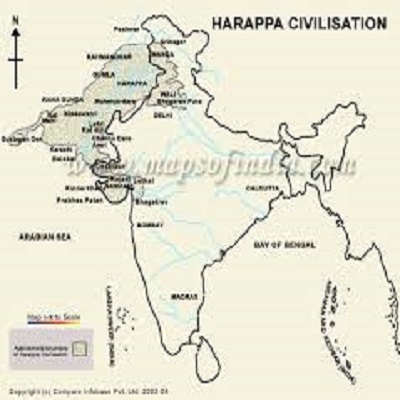
The Indus valley civilization was established by the Vedic Aryans according to the popular theory around 3000 B.C. Excavations in Harappa and Mohenjo-Daro and artifacts recovered from there throw light on the art and architecture of those times.
Indian land was invaded multiple times. So, there was a continuous influx of different kinds of people to this country like Parthians, the Kushanas, the sakes, the Turks, the Afghan, the Humes, the Greeks, and the Mongols That is why India homes people belonging to different races namely-
- The Turk-Iranian
- Indo-Aryan
- Scytho-Dravidian
- Aryo-Dravidian
- The Mongol-Dravidians
- The Mongoloid
- The Dravidian
- The Negrito
This is the reason behind the rich and diverse culture of India. They came as traders and some of them settled here. Some of them were mighty enough to rule and establish empires consequently giving birth to the new cultures and creating a new environment in India for different art forms to develop.
Specimens of ancient art spread across the geography of ancient India.
The Priest’s Head from Indus Valley Civilization-
This steatite bust of a bearded male is called as the priest-king. He is seen draped with a cloth which is having patterns of tri-petal flowers. His eyes are a little more elongated and he seems to be in deep meditation as his eyes are half-closed. It was found in the northwest part of the Indus Valley Civilization.
Temples of Mahabalipuram-
These temples are well-founded and found near Chennai in Kanchipuram District, Tamil Nadu. The prominent Shore temples are also known as the Seven Pagodas. They belong to the period of Seventh century A.D. These temples were built from the local granite stone. They were developed by the Pallavas.
Temples of Mount Abu-Dilwara Temples-
These temples are located at Mount Abu. It is two and a half kilometers away from the only hills of the state of Rajasthan. These are Jain temples. They were built by Vimal Shah. They have manifested the designs of Vastupala which is the name of a group of Jain ministers. They were built using Local marble stone available here. Different temples were built during a span of 1031 A.D. to 1582 A.D.
These temples bore the attacks by Alauddin Khilji in the year 1311 A.D. The extensive repairs of these temples were made under Lalubhai Jaichand of place Patan in the year 1906. Subsequent repairs were done by Anadji Klayanji from 1950 to 1965. The older marble has turned yellow while the new one reflects a white sheen.
Boddhi Shakta from Gandhar
It was built during the marvelous Kushana period. It was found in a place known as Gandhara which is now in Pakistan. It is very important to note that at a given point in time this whole region was under the influence of the Greeco-Roman culture.
That is why it is so different from other Buddha sculptures found in different places like the one found in Mathura (image given below) which was made during the Kushana Period too. It has a close resemblance to the majestic Greek Gods.
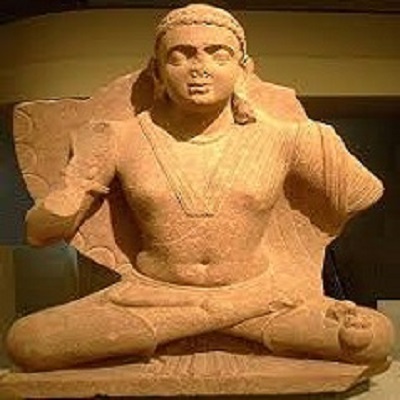
Indian art has seen many changes and it has undergone various stages of development. This is the reason why it influences contemporary art paintings of the modern era. That is why it is so diverse and rich. People of different races and cultures have given their contribution to Indian Art and added some of their features into it to become a part of a collective understanding. Only Indian land was magnanimous enough to accommodate and give recognition to every culture.











